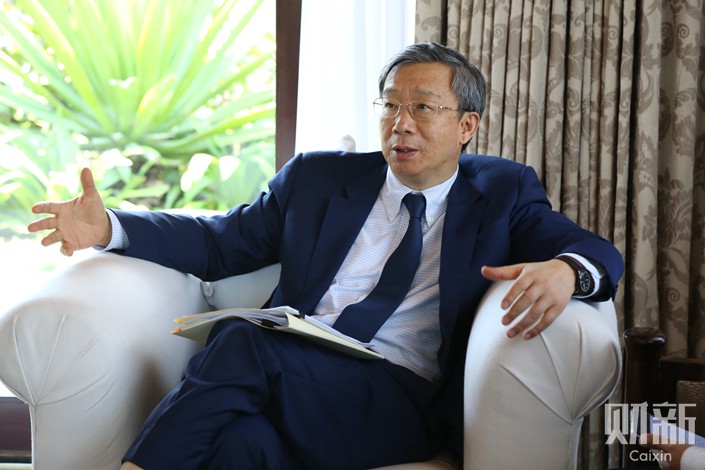In Depth: Central Bank Governor Discusses China’s Economy

The global and Chinese economies have undergone profound changes in the past six months.
Sino-U.S. trade frictions have graduated from mere threats to reality, and the frictions have been escalating with effects on the macroeconomic level. The U.S. Federal Reserve has raised interest rates twice since June. Affected by a strengthened dollar, capital flows into emerging markets have decreased, the financial situation has tightened, and economic growth continues to weaken. The International Monetary Fund lowered its forecast for world economic growth in October for the first time in two years.

- MOST POPULAR






